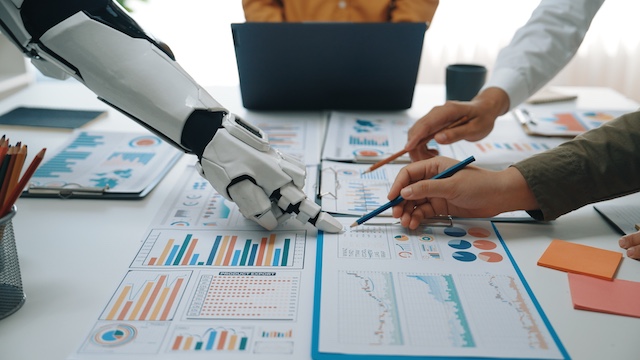What Is a Skills Gap?
The skills gap refers to the disparity between the skills employers need and job seekers’ skills. This gap can manifest in various ways, including a lack of technical expertise, inadequate soft skills, or insufficient industry-specific knowledge. It affects multiple sectors and can vary significantly depending on the region and industry. The skills gap can lead to unfilled job positions, decreased productivity, and hindered economic growth as businesses struggle to find qualified candidates to meet their needs.
Why Businesses Should Address Skills Gaps
Understanding and addressing the skills gap is crucial for HR and business managers because it directly impacts their ability to recruit and retain talent, maintain competitive advantage, and drive innovation. The gap can lead to longer hiring processes, higher training costs, and reduced operational efficiency. By identifying the specific skills that are lacking and investing in targeted training and development programs, companies can enhance their workforce capabilities, improve employee satisfaction, and reduce turnover. This proactive approach fills immediate needs and prepares organizations for future challenges.
Common Causes of Skill Gaps in the Workplace
Skill gaps don’t happen randomly—they often stem from identifiable causes. Rapid technological advancements can outpace employee training, creating knowledge gaps, especially in areas like data analytics, AI, and cybersecurity. Other causes include shifts in market demands, outdated educational programs that don’t align with industry needs, and internal workforce changes such as retirements or restructuring. Additionally, inadequate onboarding and a lack of ongoing professional development can exacerbate existing skill deficiencies. Recognizing these root causes helps HR teams develop more effective, long-term strategies to close skill gaps and future-proof their workforce.
How to Conduct a Skill Gap Analysis
A skill gap analysis is a strategic process used to evaluate the difference between the skills your employees currently possess and those required to meet organizational goals. Start by identifying core competencies for each role, then assess employee performance through surveys, interviews, assessments, or performance reviews. Compare the results to your benchmark to identify deficiencies. From there, HR can prioritize upskilling, reskilling, or hiring initiatives. A well-executed skill gap analysis not only improves workforce planning but also enhances training ROI and supports smarter talent development strategies.
Leveraging Technology to Close the Skill Gap
Modern technology offers powerful tools to help close skill gaps efficiently. Learning management systems (LMS), AI-driven skills assessments, and personalized e-learning platforms can deliver targeted training at scale. Additionally, data analytics and workforce planning software allow HR professionals to identify skills trends and predict future gaps. Virtual reality and simulation-based learning also offer hands-on training for technical roles. By embracing tech-enabled learning solutions, companies can accelerate upskilling, ensure continuous development, and stay agile in a rapidly changing business environment.
Conclusion
Bridging the skills gap is essential for business success and economic stability. HR and business managers play a pivotal role by implementing strategic talent management practices, fostering continuous learning, and collaborating with educational institutions to align curricula with industry demands. By prioritizing skills development, organizations can ensure they have the right talent to thrive in an ever-evolving marketplace. Addressing the skills gap supports business goals and contributes to a more robust and adaptable workforce ready to meet the challenges of the modern economy.




